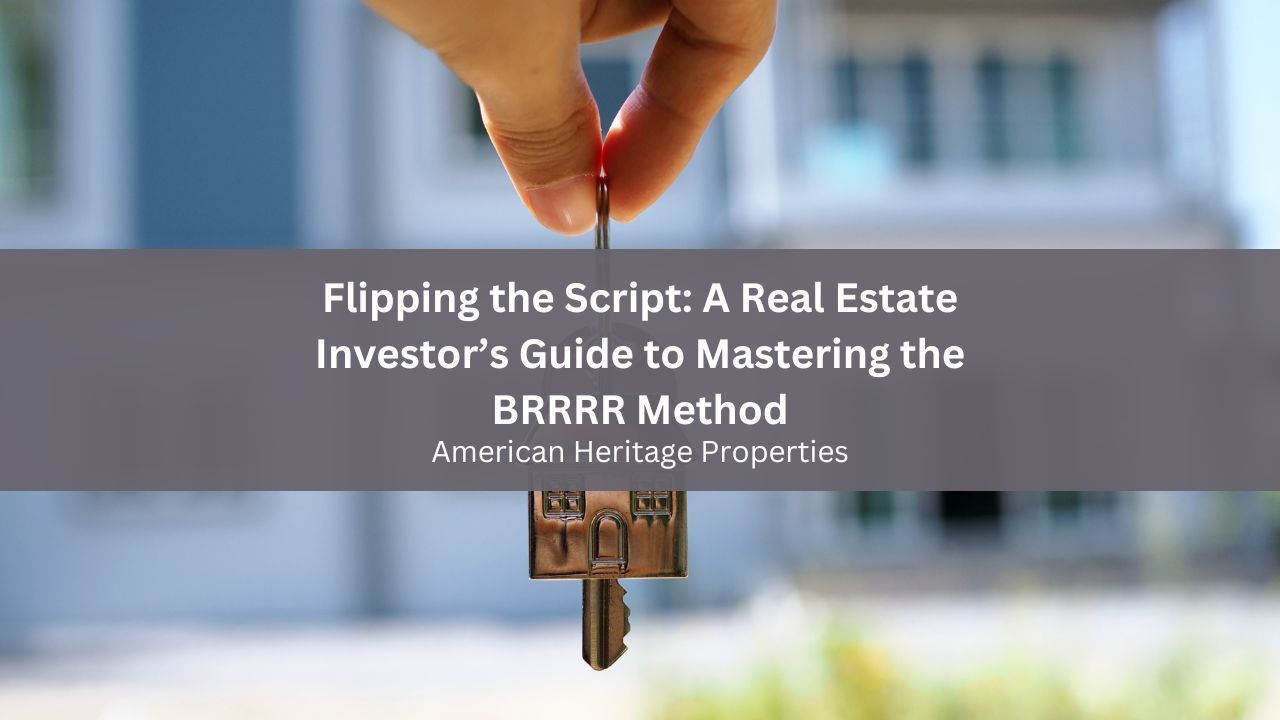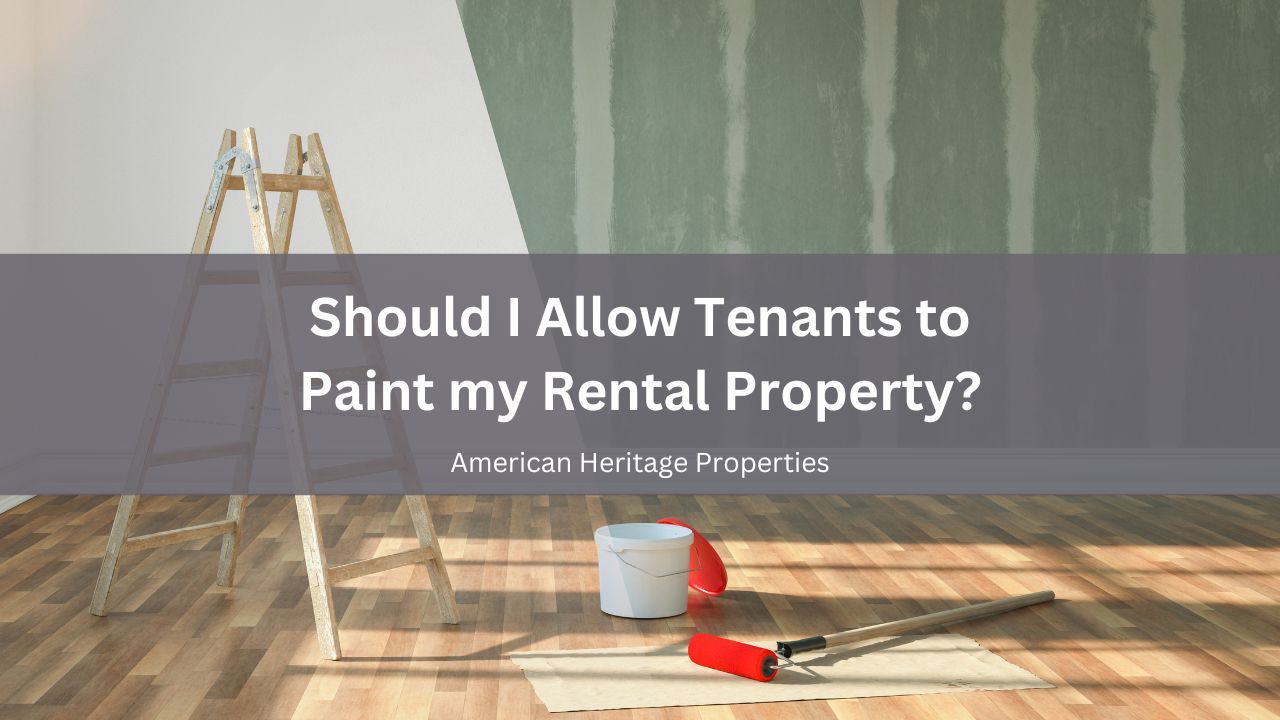California Rental Laws - An Overview of Landlord Tenant Rights in San Diego

Becoming a landlord in California goes just beyond finding a qualified tenant to fill your vacant rental units. You’ll also need to familiarize yourself with the California landlord-tenant laws, among other things. The state’s landlord-tenant law is enshrined under the California Civil Code 1940-1954.06. It stipulates what landlords can and cannot do in all their interactions with the tenant. From your unit’s habitability standards and repair responsibilities, to eviction rules, rent increase laws, and everything in between.
In today’s blog, we’ll walk landlords through all the California landlord-tenant laws’ basics to help them stay informed.
Tenant Rights & Obligations in California
Tenants in California are granted the following rights once they have established a rental agreement with a landlord. Under the California landlord-tenant laws, the they a right to:
- Live in a rental unit that meets the basic health and safety requirements.
- Have repairs made within a reasonable time frame after requesting from the landlord.
- Live free from discrimination or retaliatory tactics.
- The return of the security deposit, minus allowable deductions, within 21 days of moving out.
- Quiet enjoyment of residential rental properties.
- Protection from illegal rent increases.
- Terminate periodic rental agreements after properly notifying the landlord.
- Be provided certain disclosures before signing the lease agreement.

California tenants are required to do the following when renting out a property:
- Maintain the unit’s cleanliness standards.
- Keep the rental unit habitable by keeping it clean and hygienic.
- Use the provided fixtures, appliances, and amenities for their intended purposes.
- Not disturb the peace and quiet of other tenants or neighbors.
- Pay rent on time as per the lease agreement.
- Abide by all terms and policies of the rental agreement.
- Allow property owner entry as per the lease or rental agreement.
- Report property maintenance issues to the landlord.
California Landlord Rights & Responsibilities
California landlord-tenant law grants landlords certain rights and responsibilities. Some include a right to:
- Draft and enforce the terms of the lease.
- Evict a tenant for just reasons.
- Collect a security deposit as part of the initial move-in costs.
- Hold a tenant liable for breaking their lease unjustifiably.
- Enter the rental home in as necessary in accordance with the official regulations.
As for legally mandated responsibilities under the state's landlord-tenant laws, a landlord must:
- Provide the tenant with certain mandatory disclosures, such as information about lead-based paint.
- Notify the California tenant before entering their rented premises.
- Treat applicants and tenants fairly and equally as per the stipulations of the Federal Fair Housing Act.
- Abide by any applicable rent control laws.
- Provide reasonable notice to the tenant before terminating their periodic lease.
- Abide by the California security deposit laws, including returning the security deposit within 21 days of the tenant moving out.
- Not retaliate against a California tenant for exercising their rights.
- Follow the proper process by issues an eviction notice.

Overview of the California Landlord-Tenant Law
Here’s a general overview of California’s landlord-tenant laws that property owners need to familiarize themselves with:
Required Landlord Disclosures
When renting out a property in California under the state's landlord-tenant laws, landlords are required to provide their residential tenants with certain crucial information. Landlords must this do before the tenant signs the rental agreement. The disclosures under California law include the following:
- Very specifically worded information on bed bugs, mold, hazardous chemicals, Megan’s Law.
- Whether the Tenant Protection Act, or other local rent control laws apply to this rental unit.
- How California tenants are going to divide the cost of utilities where there is common utility use.
- Location within flood zone.
- Lead-based paint awareness for homes built before 1978.
- Any known knowledge of possible contamination of the rental units with meth and fentanyl.
California Landlord Entry
Landlords can enter a California tenant occupied unit for various legitimate purposes under the state's rental laws, like to make necessary or agreed upon maintenance, or to show the home to prospective buyers. But besides having a legitimate reason for entry, California landlords must also notify the tenant beforehand. The state’s landlord-tenant law advices the written notice must be at least 24 hours before the intended entry. Emergency situations are exempt from the written notice requirements.
Fair Housing Laws in California
The Fair Housing Act requires that California landlords treat all tenant equally based on federally and state protected classes. They include race, color, nationality, religion, disability, familial status, marital status, and sex. Others protected classes are primary language, immigration status, citizenship status, source of income, ancestry, and gender identity/expression.

Rent Increments
Some parts of California have some form of a local rent control ordinance in place that affect certain rental properties. It requires California landlords to abide by certain rules when raising rent. Some of the rules include the following:
- The rent raise must coincide with the consumer price index.
- California landlords must wait for a fixed-term lease agreement to expire before raising rent. The only exception is if the lease itself allows for such an increase.
- Rent increase cannot be borne out of discrimination.
- Landlords must notify residential tenants before the rent raise.
Tenant Eviction
As a California landlord, you reserve the right to evict a tenant from your rental property. The reason must, however, be legitimate. Examples of such reasons under California law include the following:
- Failing to pay rent when it falls due.
- Committing a lease violation.
- Failing to move out of the rental unit with a proper eviction notice
Bottom Line
For expert help in managing your rental property, you may want to consider American Heritage Properties. We offer quality property management services to property owners across the San Diego, CA area. Get in touch to get started right away!
Disclaimer: Please note that the information provided in this blog is intended for general guidance and should not be considered as a replacement for professional legal advice. It is important to be aware that laws pertaining to property management may change, rendering this information outdated by the time you read it.
Share this post









